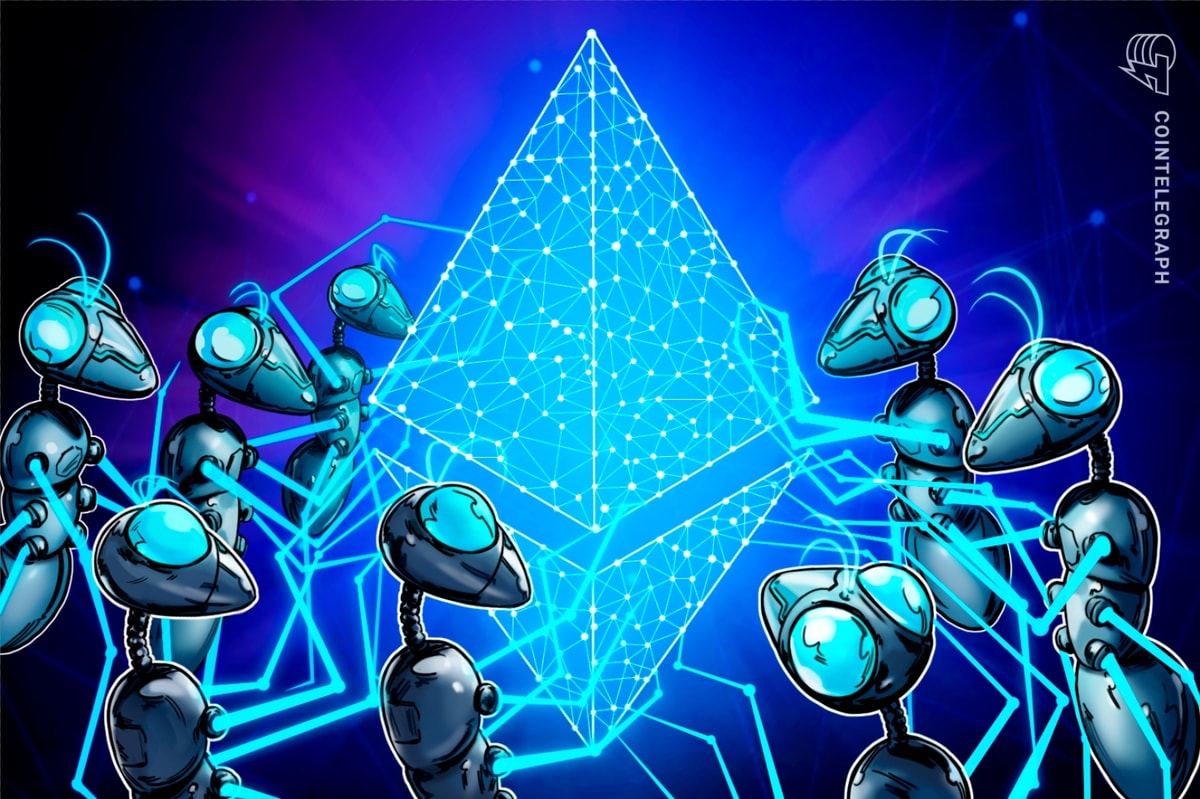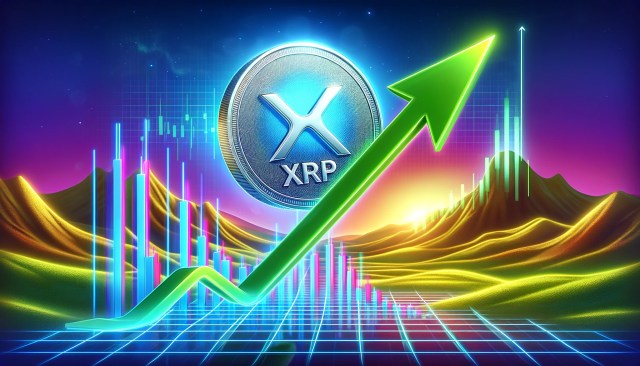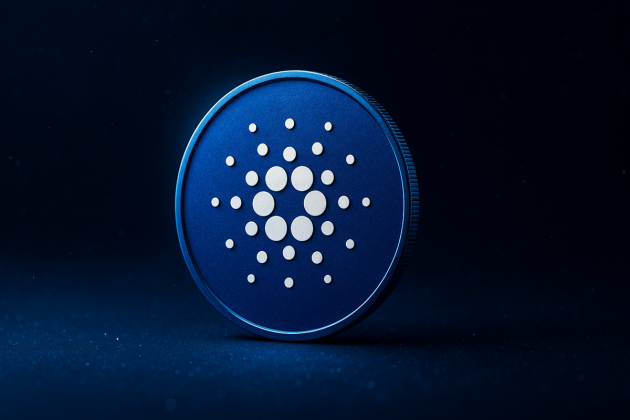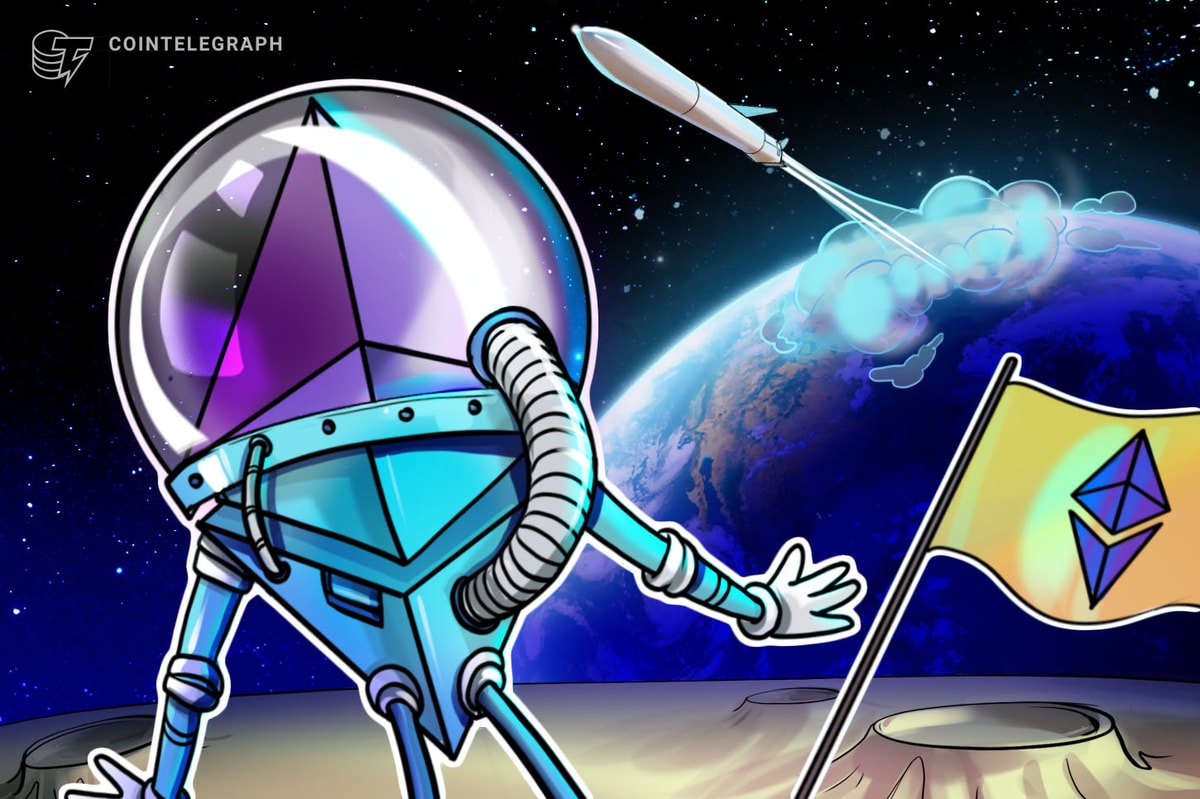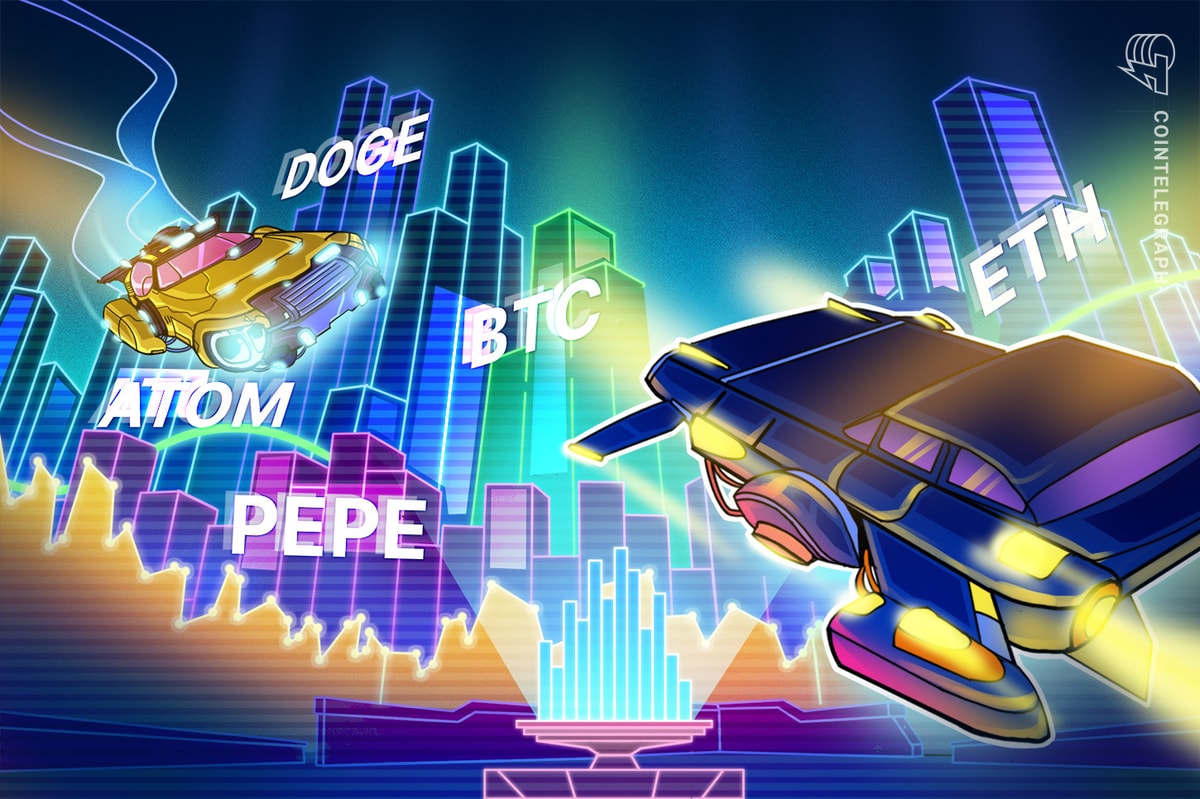Update (Aug. 28, 12:08 am UTC): This article has been updated to add commentary from Eli Ben-Sasson.
Starknet, a layer-2 blockchain, has rolled out a significant upgrade dubbed version 0.13.2, introducing parallel execution to its network functionality.
According to a press release shared with Cointelegraph, the update will allow Starknet to process multiple transactions simultaneously, which is noted to be the first of an L2 network on Ethereum mainnet.
In the press release, Eli Ben-Sasson, CEO of StarkWare and board member at the Starknet Foundation, explained that L2 blockchains are like “minimarkets with a single checkout.”
“We’re becoming the first ‘megastore L2’ – overhauling our sequencer so that numerous checkout lanes simultaneously handle countless transactions.”
Related: Starknet launches $25M token incentive for top projects
Parallel execution implications
Parallel execution addresses the limitations of sequential transaction processing, traditionally seen on L2 networks, which lead to bottlenecks appearing during high demand.
According to the press release, Starknet’s parallel execution, part of the 0.13.2 upgrade, has been on testnet since Aug. 7 and will go live on Aug. 28.
Ben-Sasson states that the new feature is “a common-sense change,” which he expects will be followed by other networks and become “an industry norm.”
“...our challenge as an industry is to build infrastructure that’s ready for anything. It needs to always be many steps ahead of demand, which is why parallel execution is going live now.”
Speaking with Cointelegraph, Ben-Sasson explained that the challenges of implementing parallel execution were “extremely complex.”
“We had to ensure that the parallel transaction being executed do not conflict with the same storage cells and state, meaning with the same data.”
Related: Starknet set for first mainnet staking vote: What STRK holders need to know
Block packing
Alongside the introduction of parallel execution, the upgrade will also include a new feature known as “block packing,” which aims to reduce confirmation times.
According to the press release, the new feature “packs blocks with transactions more efficiently” to reduce costs and improve transaction speed by filling blocks with transactions without “empty space.”
Block packing will result in Starknet’s current confirmation time falling from its current range of 10-80 seconds down to two seconds and improve as more users join the network.
“The beauty of L2 scaling is that it has the potential to drive costs down instead of up as more users join a network, and block packing is a prime example of this.”
Related: Starknet staking will hit mainnet in Q4 — EthCC
Starknet-based protocol shutters
This latest Starknet upgrade follows the closure of ZKX Protocol, a social derivatives trading platform built on Starknet, due to the platform having no “economically viable path” forward.
On July 30, Eduard Jubany Tur, founder of ZKX, explained that user engagement had been “minimal, with only a few individuals” mining native token rewards.
Tur explained that ZKX had delisted from all markets, closed its positions, and returned all funds to each user’s trading account.
Magazine: Dorsey’s ‘marketplace of algorithms’ could fix social media… so why hasn’t it?


